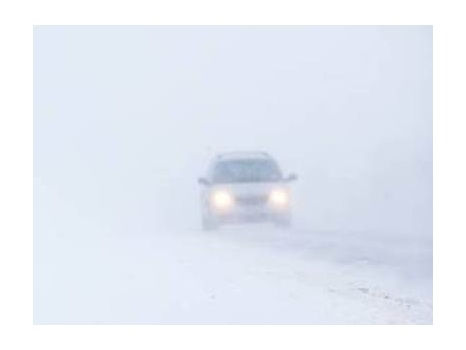A September To Remember: Morning Drive Audiences Up Sharply.
- Inside Audio Marketing

- Oct 5, 2022
- 3 min read

After dipping in June and July, morning drive audiences in PPM markets rose in August and September as school resumed and workers returned to workplaces following summer vacations. The seasonal dip and recovery are chronicled in new average quarter hour data for persons 12+, Mon-Fri, 6-10am issued by Nielsen to coincide with the release of the September 2022 PPM ratings, which began Tuesday.
“This is a trend that is seen typically as you go from the summer into the fall,” Cumulus Media Chief Insights Officer Pierre Bouvard said in a video summary of Westwood One’s “State Of The American Consumer” report. “Listening levels grow back as school resumes and people get back to work.”
To track radio’s weekly reach in PPM markets, Nielsen has been indexing cume back to the early pandemic, using March 2020 as a benchmark with an index of 100.
September’s morning drive listening rebound is also attributed to new high levels of office worker commutes.

The morning drive listening decline this summer (85% of March 2020 levels in June, 79% in July) was the lowest since summer 2020. But listening is up 10% since July to reach 82% of March 2020 levels in August and 87% in September, putting it closer to levels seen in late summer/early fall 2021.
Looking at the total week daypart of Mon-Sun, 6am-12 midnight shows radio’s weekly reach for persons 12+ in PPM markets is 97% of 2020 levels.
The listening declines in June and July 2022 are attributed to fewer miles traveled on U.S. roads during the summer months due to soaring gas prices. According to MotionWorks, average miles traveled in June and July 2022 were down 10% compared to the same months in 2019. Motionworks provides data and insights about how people move around the globe.

Data from Nielsen’s continuous diary markets shows broadcast radio recovered 101% of its pre-COVID weekly reach and 101% of July year-over-year levels. The thinking is the pandemic impacted top 50 markets to a far greater extent. While listening in PPM markets dipped in 2020 and then recovered, listening in diary markets during the last three years saw virtually no change.
‘We Bad, We’re Nationwide’
Nielsen recently released its Spring 2022 Nationwide report, which rolls up all AM/FM radio listening from all U.S. markets and counties and is produced twice a year (Spring and Fall). The Spring Nationwide survey is used as the basis for AM/FM radio network upfront negotiations for the coming year as well as fourth quarter scatter buys.
In Spring 2022, AM/FM radio retained 98% of its total reach and 97% of its 25-54 reach as compared to Spring 2019, a year before the pandemic. The new spring data shows a 2% year-over-year drop in total AQH listening and a 4% decline among 25–54-year-olds. “You could credit some of that to the gas prices and lower miles traveled,” Bouvard says. “But we're not seeing the complete 10% drop in radio listening like we saw with miles traveled.”
The Spring 2022 Nationwide report shows AM/FM radio audiences are up in upscale households with an income over $75,000, representing about 53% of U.S. households. Total reach of AM/FM radio is up 8% since 2019 among adults 25-54 and 35-64 with a $75,000+ household income.

Bouvard reasons that is likely because there are more Americans in that income bracket now and because radio is listened to by just about everybody. But he also notes that every dollar spent on radio today is going to reach 8% more $75,000-plus income people than three years ago.
Office Occupancies At Post-Pandemic Highs
Meanwhile, Kastle, the security firm for thousands of companies and office buildings, has been reporting a “Back to Work Barometer,” which reveals weekly occupancy based on security card swipes at properties in ten major U.S. cities. Post-Labor Day, Kastle reports that U.S. office occupancies have hit record post-pandemic highs. Office populations during the week of Sept. 21 grew 10% versus August and are 47.3% of pre-COVID volumes. Kastle reports the days with the largest occupancy are Tuesday, Wednesday, and Thursday.
“Summer vacations are over. kids are back to school, and a lot of companies are wanting their employees to come back. So this, Kastle points out, is the highest office occupancy that they have seen since the pandemic began,” says Bouvard. “We still have a long ways to go. But Kastle is saying that the office populations are at their highest point since the beginning of the pandemic.




Comments